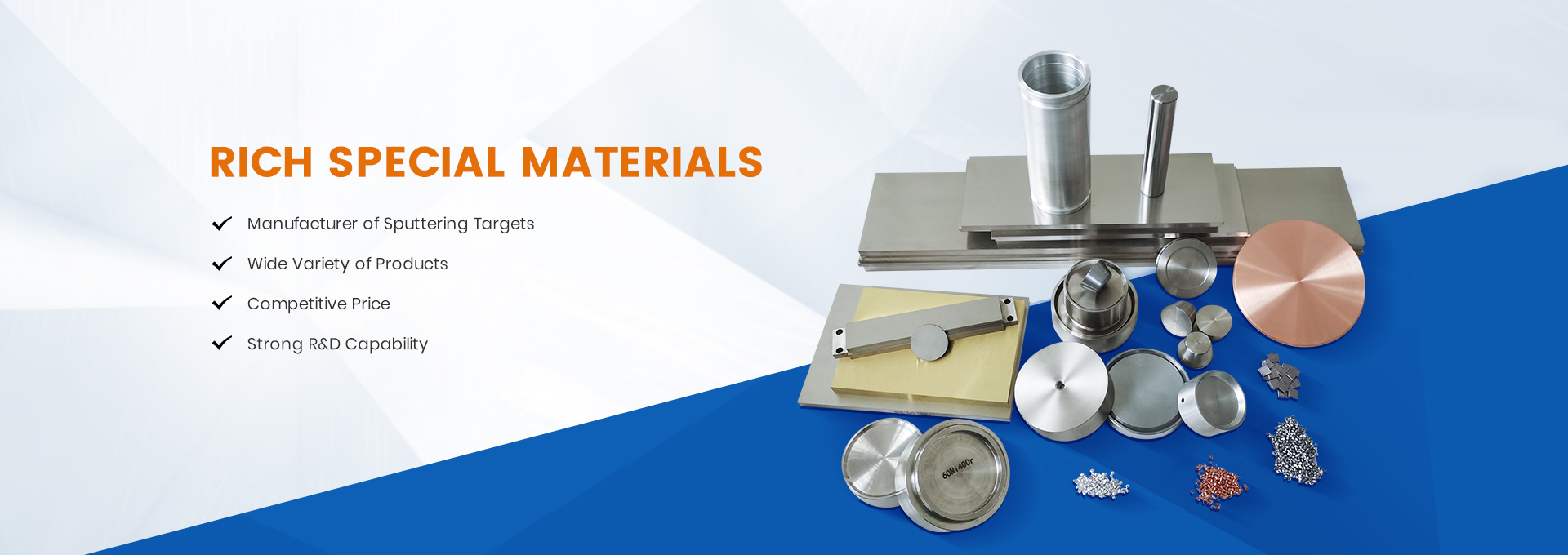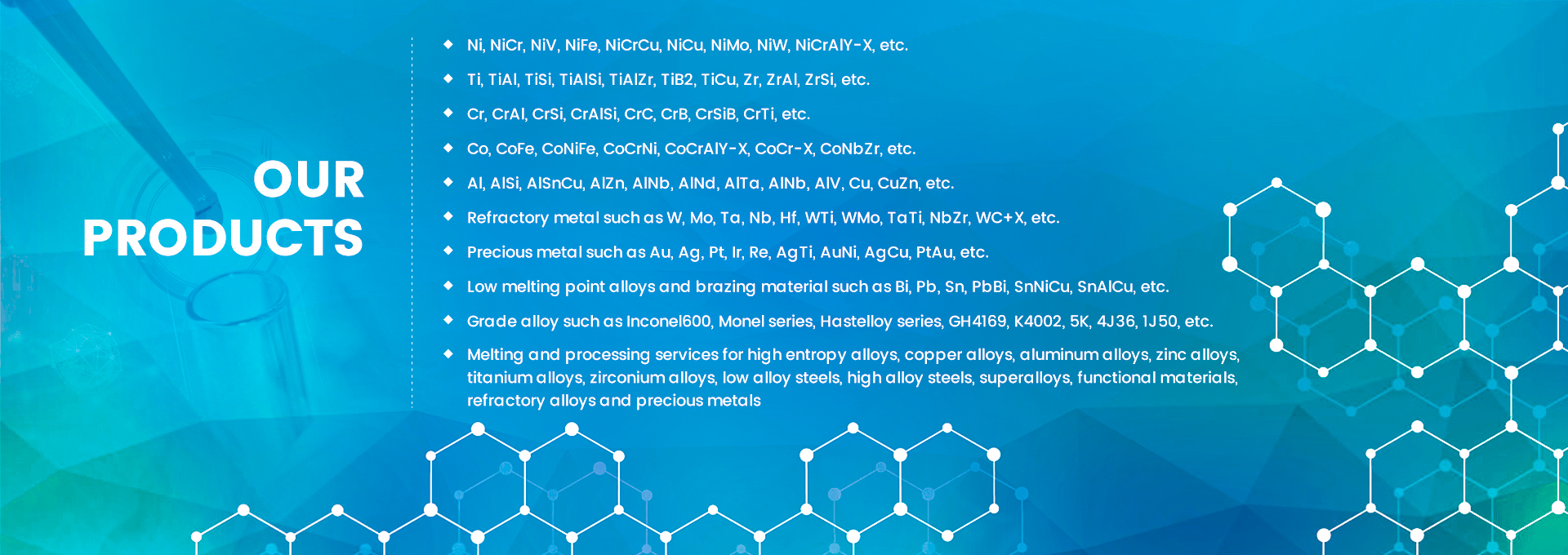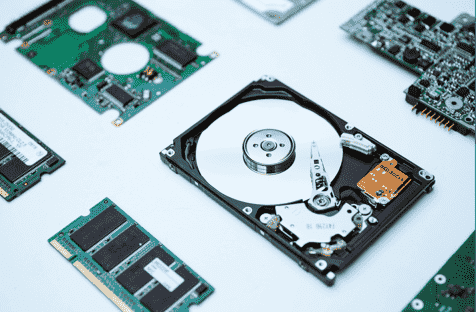Recently, many users have inquired about the advantages and disadvantages of sputtering coating technology, According to the requirements of our customers, now experts from RSM Technology Department will share with us, hoping to solve problems. There are probably the following points:
1、 Unbalanced magnetron sputtering
Assuming that the magnetic flux passing through the inner and outer magnetic pole ends of the magnetron sputtering cathode is not equal, it is an unbalanced magnetron sputtering cathode. The magnetic field of the ordinary magnetron sputtering cathode is concentrated near the target surface, while the magnetic field of the unbalanced magnetron sputtering cathode radiates out of the target. The magnetic field of the ordinary magnetron cathode tightly restricts the plasma near the target surface, while the plasma near the substrate is very weak, and the substrate will not be bombarded by strong ions and electrons. The non-equilibrium magnetron cathode magnetic field can extend the plasma far away from the target surface and immerse the substrate.
2、 Radio frequency (RF) sputtering
The principle of depositing insulating film: a negative potential is applied to the conductor placed on the back of the insulating target. In the glow discharge plasma, when the positive ion guide plate accelerates, it bombards the insulating target in front of it to sputter. This sputtering can only last for 10-7 seconds. After that, the positive potential formed by the positive charge accumulated on the insulating target offsets the negative potential on the conductor plate, so the bombardment of high-energy positive ions on the insulating target is stopped. At this time, if the polarity of the power supply is reversed, the electrons will bombard the insulating plate and neutralize the positive charge on the insulating plate within 10-9 seconds, making its potential zero. At this time, reversing the polarity of the power supply can produce sputtering for 10-7 seconds.
Advantages of RF sputtering: both metal targets and dielectric targets can be sputtered.
3、 DC magnetron sputtering
The magnetron sputtering coating equipment increases the magnetic field in the DC sputtering cathode target, uses the Lorentz force of the magnetic field to bind and extend the trajectory of electrons in the electric field, increases the chance of collision between electrons and gas atoms, increases the ionization rate of gas atoms, increases the number of high-energy ions bombarding the target and decreases the number of high-energy electrons bombarding the plated substrate.
Advantages of planar magnetron sputtering:
1. The target power density can reach 12w/cm2;
2. The target voltage can reach 600V;
3. The gas pressure can reach 0.5pa.
Disadvantages of planar magnetron sputtering: the target forms a sputtering channel in the runway area, the etching of the whole target surface is uneven, and the utilization rate of the target is only 20% – 30%.
4、 Intermediate frequency AC magnetron sputtering
It refers to that in the medium frequency AC magnetron sputtering equipment, usually two targets with the same size and shape are configured side by side, often referred to as twin targets. They are suspended installations. Usually, two targets are powered at the same time. In the process of medium frequency AC magnetron reactive sputtering, the two targets act as anode and cathode in turn, and they act as anode cathode each other in the same half cycle. When the target is at the negative half cycle potential, the target surface is bombarded and sputtered by positive ions; In the positive half cycle, the electrons of the plasma are accelerated to the target surface to neutralize the positive charge accumulated on the insulating surface of the target surface, which not only suppresses the ignition of the target surface, but also eliminates the phenomenon of “anode disappearance”.
The advantages of intermediate frequency double target reactive sputtering are:
(1) High deposition rate. For silicon targets, the deposition rate of medium frequency reactive sputtering is 10 times that of DC reactive sputtering;
(2) The sputtering process can be stabilized at the set operating point;
(3) The phenomenon of “ignition” is eliminated. The defect density of the prepared insulating film is several orders of magnitude less than that of the DC reactive sputtering method;
(4) Higher substrate temperature is beneficial to improve the quality and adhesion of the film;
(5) If power supply is easier to match the target than RF power supply.
5、 Reactive magnetron sputtering
In the sputtering process, the reaction gas is fed to react with the sputtered particles to produce compound films. It can provide reactive gas to react with the sputtering compound target at the same time, and it can also provide reactive gas to react with the sputtering metal or alloy target at the same time to prepare compound films with a given chemical ratio.
Advantages of reactive magnetron sputtering compound films:
(1) The target materials and reaction gases used are oxygen, nitrogen, hydrocarbons, etc., which are usually easy to obtain high-purity products, which is conducive to the preparation of high-purity compound films;
(2) By adjusting the process parameters, chemical or non chemical compound films can be prepared, so that the characteristics of the films can be adjusted;
(3) The substrate temperature is not high, and there are few restrictions on the substrate;
(4) It is suitable for large-area uniform coating and realizes industrial production.
In the process of reactive magnetron sputtering, the instability of compound sputtering is easy to occur, mainly including:
(1) It is difficult to prepare compound targets;
(2) The phenomenon of arc striking (arc discharge) caused by target poisoning and the instability of sputtering process;
(3) Low sputtering deposition rate;
(4) The defect density of the film is high.
Post time: Jul-21-2022






